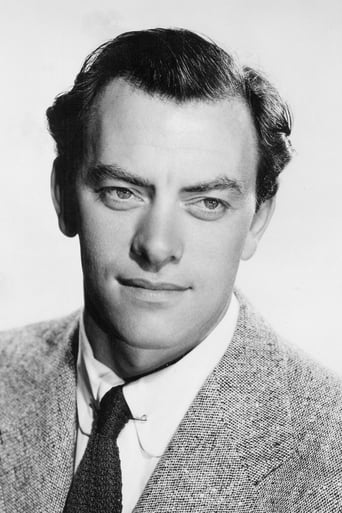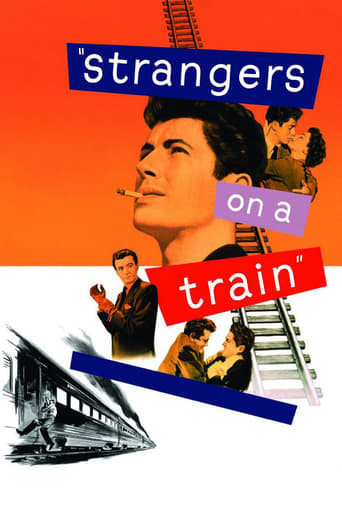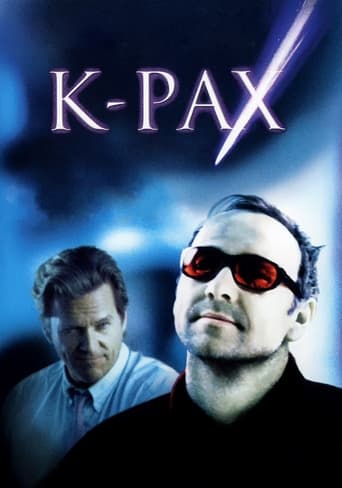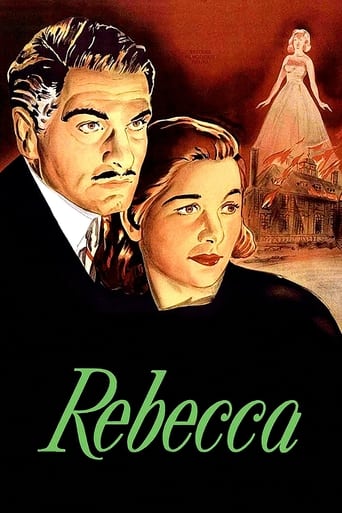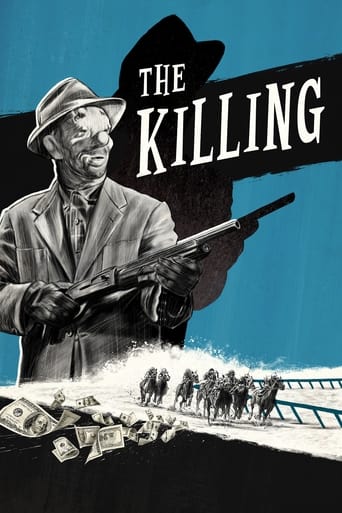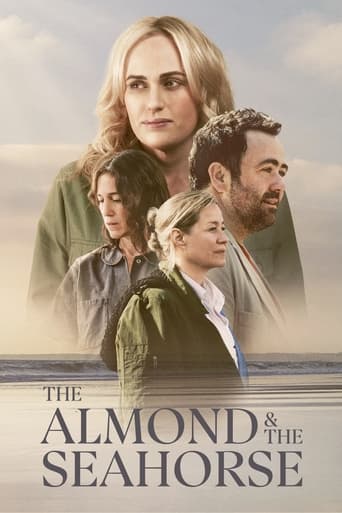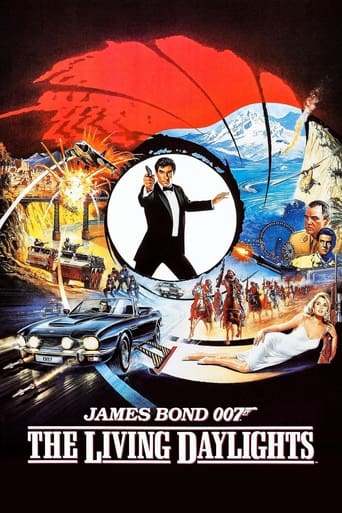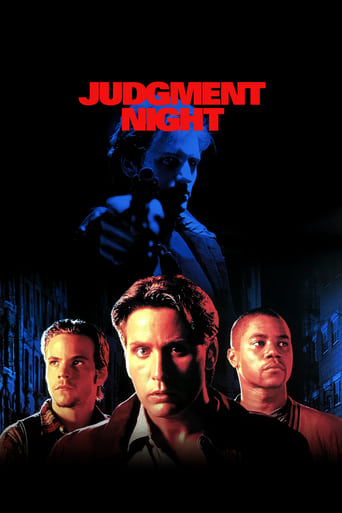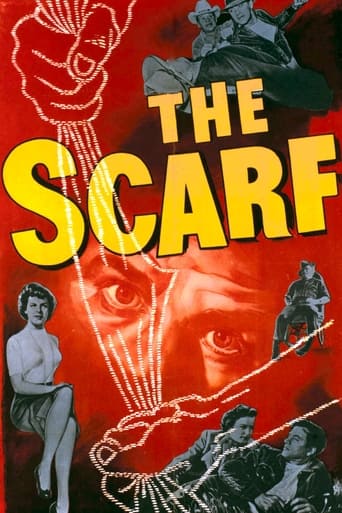
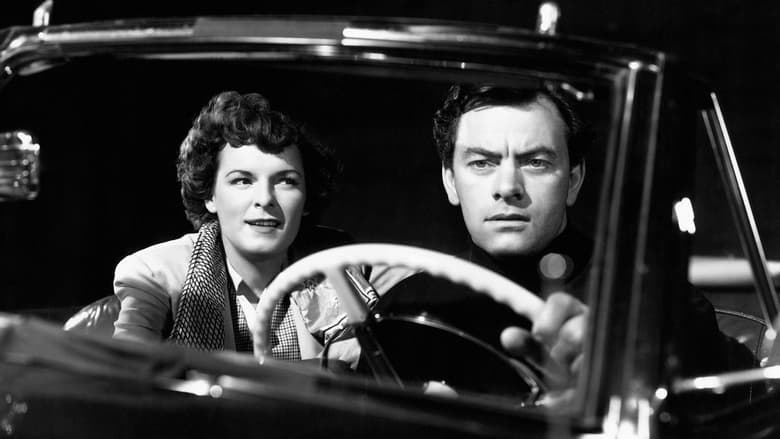
The Scarf (1951)
A man believe to have murdered a woman, escapes from the insane asylum to find if he was the one to actually kill her using the scarf she was wearing.
Watch Trailer
Cast


Similar titles
Reviews
John Ireland stars with Mercedes McCambridge in "The Scarf" which features Emlyn Williams and Lloyd Gough.Ireland plays an escapee from a mental institution who is sure he didn't strangle his girlfriend with a scarf, but unfortunately, he can't remember anything. He hides out in a cabin owned by an isolated old man (Ezra Thompson), helps out raising his turkeys, and eventually goes to Los Angeles to see his friend David Dunbar (Williams), a psychiatrist. Along the way, he picks up a hitchhiker (McCambridge) en route to a job as a singing waitress. She's wearing the exact same scarf, but he still can't remember strangling his girlfriend.This is a fairly convoluted story, cashing in on the interest in psychiatry after World War II. Ireland looks very handsome here and does a good job in this small movie. The character of Ezra, the old man, is interesting and likable.This may sound silly, but for some reason, McCambridge singing "Summer Rains" was the high point of the film for me. I thought she really created an atmosphere with it and raised the level of the film.Decent performances, but check this film out for McCambridge.
Two years after appearing in All The King's Men, John Ireland and Mercedes McCambridge reunite in The Scarf. Talented actors both, neither of them would enjoy, in number or in quality, movie roles commensurate with their gifts. A recondite find today, The Scarf could hardly have been much less so in 1951; under the `Gloria Productions' imprint, it fell to a German-born director of little reputation, E.A. Dupont.But while not every emigrant from middle Europe was a Fritz Lang or Robert Siodmak or Billy Wilder, most had tradition behind them and a touch of inspiration, like John Brahm and Edgar G. Ulmer and even Dupont. Though The Scarf starts off dead slow a long, quasi-philosophical dialogue between a turkey-ranching hermit in the California desert (James Barton) and an escapee from an asylum for the criminally insane who has sought refuge with him (Ireland) soon enough the movie picks up its pace and shows flashes of originality and style. The cinematography is by Frank (Franz) Planer, another refugee steeped in Expressionism who had behind, and ahead of, him several noirs. Not coincidentally, the quickened pace comes with McCambridge's arrival, as a singing bar waitress who hitches a ride with Ireland. With her distinctive organ-pipe voice and her instinct for biting off her lines clean, she brings both quirkiness and force to this standard role (tough gal, good heart). Though some of her best known roles showed noir influences (All The King's Men, Johnny Guitar) she only appeared in two obscure noirs (Lightning Strikes Twice was the other). The cycle is poorer for her rarity.The Scarf's plot, alas, falls under the rubric far-fetched. It involves Ireland's not quite remembering the crime for which he was committed strangling a girl with her scarf and a sinister psychologist ( Emlyn Williams) somehow in the employ of Ireland's powerful father. Dupont can't do much with the bulk of it (who could?), but along the way sneaks in some arresting sequences. The best occurs when McCambridge has been ordered to leave town on the 11 p.m. bus for Los Angeles; as she vacillates, looking down the dark road at the sign reading `sheriff's station,' it turns into a lure for her to sell out Ireland for the reward on his head, with `$5000" spelled out in beckoning neon.
It was rumored that after his role in ALL THE KING'S MEN, John Ireland had demanded too much from the studios. This smaller production is filmed in the same slow mist of the hero's memory. Mercedes McCambridge is excellent as the female support. James Barton gives great support on the male side. It is a strong well acted performance. It should be shown more often. It is a shame that features like this are not shown on today's cable systems or available in any format.
I saw this film while catching up on classic film noir. I was not expecting much--a little B film. And Maltin's summary did nothing to encourage my expectations. However, I found a solid film here.It has an intellectual patina, which is surprising in an American film from 1951. The characters actually talk about some serious issues, though this talk may not be agreeable to some viewers. New York Times critic Bosley Crowther, in his review of this film (April 23, 1951), wrote that the film "expresses in several thousand words of dialogue. . .perhaps the least measure of intelligence or dramatic continuity that you are likely to find in any picture, current or recent, that takes itself seriously." Obviously, I don't agree.The film is well cast and acted by an unusual combination of actors: John Ireland, Mercedes McCambridge, Emlyn Williams (the English actor), and Ezra Thompson in the leads.Even the song, "Summer Rains," sung by McCambridge, is perfect for this film: a solid, torchy number in a minor key. Why wasn't this recorded by Peggy Lee or Julie London or Chris Connor? It would have suited them fine.I was taken totally by surprise by John Ireland's appearance here. This is the only film I've seen Ireland in in which the man is hot, sexy, alluring--certainly not words that one would normally use in discussing John Ireland's appearance. A good part of this is due to cinematographer Franz Planer, though Ireland got some help from his costumes, too. Planer is careful to light Ireland's face in a flattering way, and Ireland just shimmers in the shadow and light of the sharp black and white photography. There is one close-up of Ireland that is stunning--a pure Hollywood glamour shot in the Hurrell tradition: Ireland is sitting at a table in a bar. He has his hat cocked so that it hides one of his eyes and throws half of his face into shadow. He slowly looks up at the camera. This kind of glamour close-up was usually reserved for top female stars in Hollywood's Golden Era, but Planer gave it to Ireland here.In addition to these shots of Ireland's face, which make him truly handsome, he is wearing throughout most of the film a white t-shirt that makes clear that even at age 37 he still had a nice, in-shape body--nice chest, nice biceps. (Ireland started his career performing as a swimmer in a water carnival.) Later on Ireland is shown wearing a black turtleneck sweater that compliments his chest and a black leather jacket. And who put those pants on Ireland? They aren't expensive--just cheap cloth, but in every scene, those pants just hug the long, lean lines of his butt and his upper thighs. Hot stuff!I found the film totally absorbing, so much so that I got through the final movie hokum scene which reveals the villain. I can see how some would react negatively to this film. For instance, critic Manny Farber writing in The Nation (May 26, 1951) called "The Scarf" "a disjointed, monstrously affected psycho-mystery freak show." Ha! That comment could be considered a reason to see this film today, Manny.There is a satisfactory plot summary and commentary on this film on pages 152-3 of Robert Ottoson's The American Film Noir (Metuchen, New Jersey: The Scarecrow Press, 1981). However, Ottoson misidentifies Dr. David Duncan as "the prison psychiatrist." He is, in fact, a psychiatrist in private practice and a friend of Cyrus Barrington. Ottoson says that actor Lloyd Gough plays "the detective." Gough plays Dr. Gordon, who is the prison psychiatrist.


